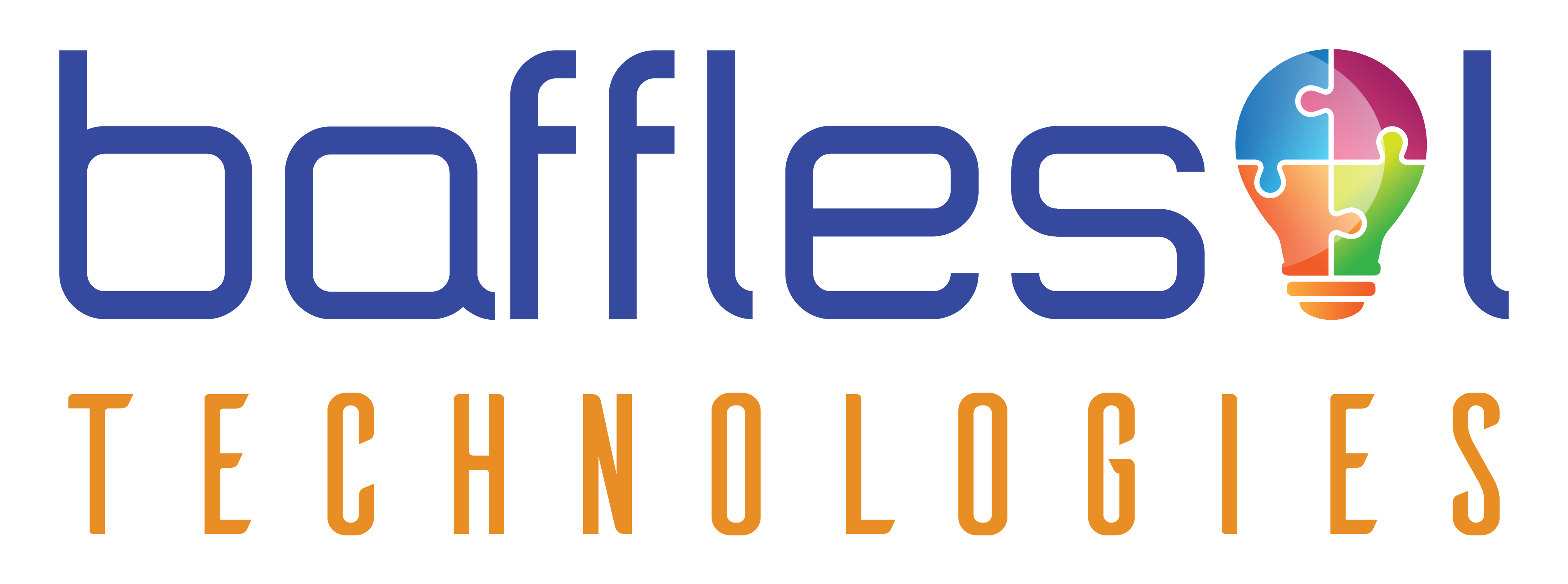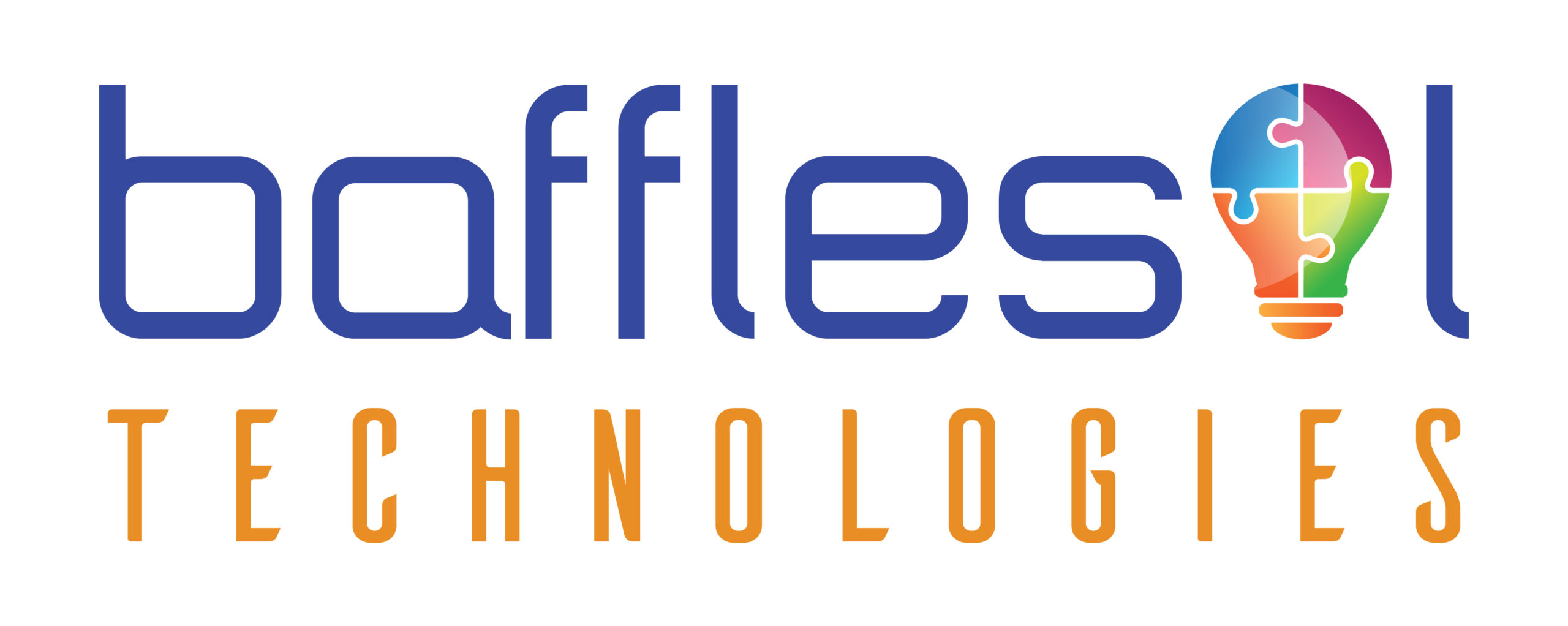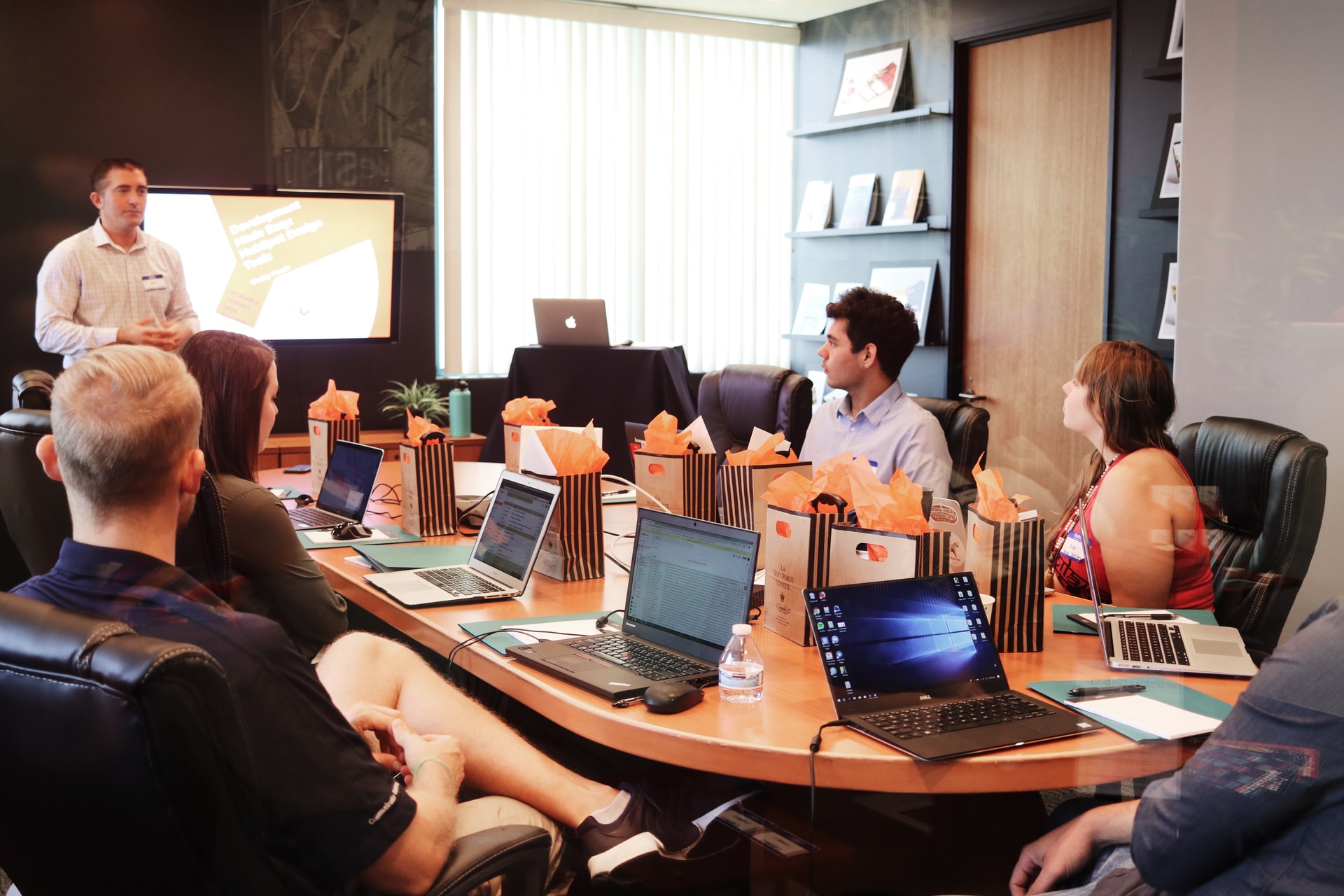When we face a problem, we calibrate available options to solve it, choose one and execute it. If we are amongst organized individuals, we might also assess cause and effect for each option for deciding. Making these organized individuals good leaders as they change their actions depending on the situation, making better decisions by adapting to changing circumstances. Leaders need multiple strategies that help them create possibilities to avoid making the wrong decisions.
Cynefin, created by Dave Snowden in 1999, is one such decision-making framework derived from the Welsh word for “habitat” — is designed to assist decision making by applying decisions to domains. This structure allows decision-makers to understand where they are and what they should be doing to make their decisions at that time. Specifically, it helps business leaders understand which specific point in the decision-making process and how to react.
What is Cynefin?
In simple terms, the Cynefin framework helps us realize that different situations need different responses. Challenging situations wear us out and press the panic button, limiting our ability to handle the situation. And this framework helps us find answers to problems.
Cynefin Framework
Let’s talk about the five sections of the framework (let’s not forget the brown section in the middle)
- Obvious (formerly known as Simple) is the section of best practices. Here both cause and effect are known.
Problems are well known, and solutions are evident. Solving problems requires minimal expertise. These problems have pre-defined solutions.
The correct approach is to gauge the situation, categorize it, and apply a well-known or expert solution. The only catch is that apparent problems are often oversimplified, and leaders might resist new ideas, given they have succeeded in solving similar problems in the past.
- Complicated is the domain of good practices. Here you probe cause that leads to effect.
You have a general idea of the problem statement — you likely know the what and how you need to answer. Assessing the situation requires expertise to determine the answer. With time, you identify known risks and devise a mitigation plan. Hence it is “Sense — Analyze — Respond.”
Since the problem and analysis, apply expert knowledge to assess the situation and determine a course of action. Execute the plan. Leaders in complicated situations might resist the creative idea and rely heavily on expert ideas.
- The complex is the domain of emergent solutions, and you have a sense of cause and effect.
There are unknown unknowns — you don’t even know where to start. Understanding of exact problem statement also needs deep analysis, all we might know is desired output is missing. The final solution is only comprehended once found. Not mandate that you will be able to identify risk associated and find a solution for same. It is “Probe — Sense — Respond.”
Develop an experiment to gather more knowledge. As you gather more knowledge, choose your next steps. The output of one step might become input for the upcoming step. Leaders should follow a brainstorming approach as this approach needs new ideas and possibilities.
- Chaotic is the domain where there is no relation between Cause and Effect.
As the name implies, things get a bit haywire — for example, production defects. Your initial focus is to respond to the problem and contain the issue. Once you’ve stopped the bleeding, you take a breath and determine a real solution. It is “Act — Sense — Respond.”
Triage. Once you have control, assess the situation and determine the next steps. Take action to mitigate or move your problem to another domain. Leaders need to act decisively to address the most pressing issues, sense where there is stability and where there isn’t, and then respond to move the situation from chaos to complexity.
- The disorder is the section in the middle.
If you are lost, you’re in “Disorder.” Priority one is to find and analyze the current situation
Gather more info around knowns and unknowns. Get enough info to move to a more defined territory.
The Fitment
How does this fit in the world of project management? We live in a world of Uncertainty, and the essence of leadership is to provide solutions and consistently respond to reduce volatility. This gives us a framework to categorize the problems and find apt keys. Example — We can use this framework for business requirement understanding and categorization.
- Obvious — Requirements that are most valuable and have the least risk involved
- Complicated — Not all the requirement details are known; implement ones that are known and wait for more information
- Complex — Requirements that can only be implemented post success or output generated by feasibility analysis.
- Chaotic — Nothing much is known about them, and they are just placeholder features, and no immediate action is needed.
- And Disordered — We still need to figure out what needs to be done in this domain.
Similarly, we can group company policies and cultural aspects and find the best solution.
So, practice using the Cynefin framework the next time you have an essential decision at work or in your personal life. In these challenging times, leaders need to recognize the problems and adapt their styles and ways of working.



